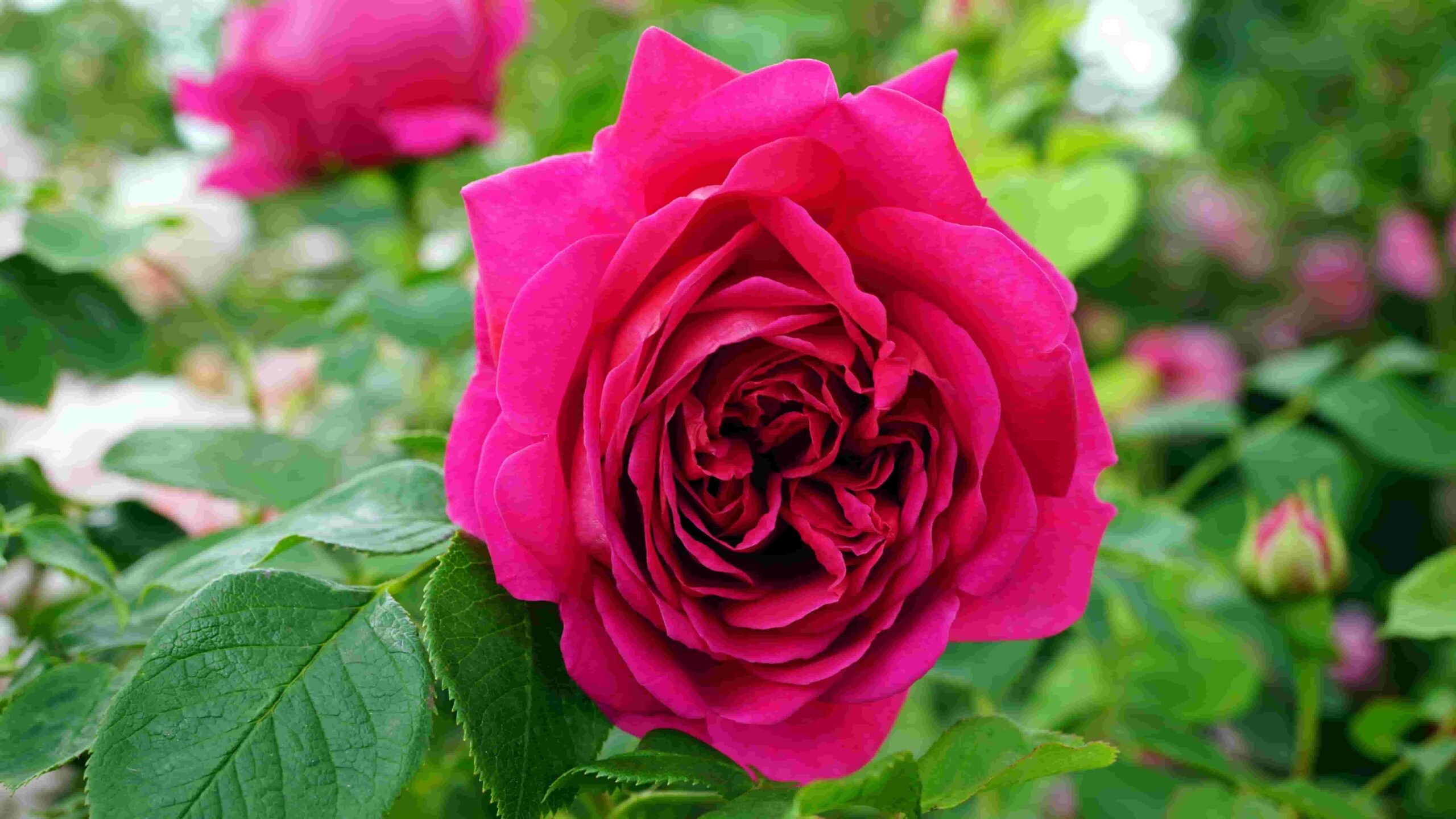Introduction
Roses, often referred to as the “queen of flowers,” have captivated humans for centuries with their timeless beauty, enchanting fragrance, and vibrant colors. These elegant flowers have adorned gardens, inspired poets and artists, and symbolized love and romance. In this article, we will delve into the fascinating world of roses, exploring their history, varieties, cultivation, and the meaningful symbolism they hold. So, let’s embark on a journey to discover the allure of roses.
Table of Contents
- Introduction
- History of Roses
- Popular Rose Varieties
- Cultivating Roses
- Meaning and Symbolism of Roses
- Roses in Art and Literature
- Rose Care and Maintenance
- Common Rose Diseases and Pests
- Benefits of Growing Roses
- Roses as Gifts and Decorations
- The Language of Roses
- Roses in Different Cultures
- Rose Essential Oil and Fragrance
- Rose-Based Products
- Rose Gardening Tips
- Conclusion
- FAQs
History of Roses
Roses have a rich and storied history that dates back thousands of years. Their cultivation dates back to ancient civilizations, including the Egyptians, Greeks, and Romans, who esteemed these flowers for their beauty and versatility. Their association with love and beauty was prominent in Greek and Roman mythology, where it was linked to deities like Aphrodite and Venus.
Popular Rose Varieties
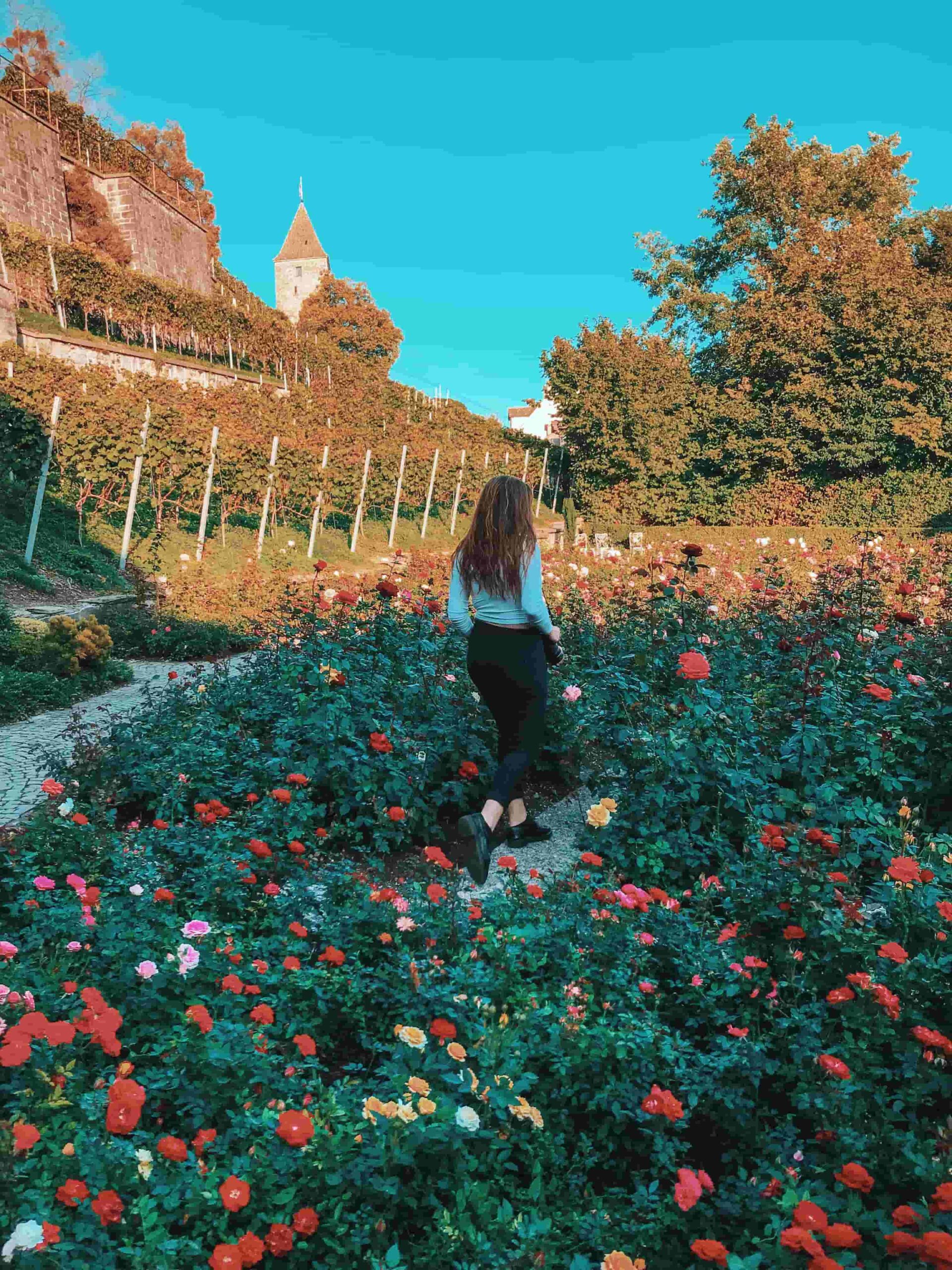
There are thousands of rose varieties available, each with its own unique characteristics and charm. Some popular types include hybrid teas, floribundas, grandifloras, climbers, and shrub roses. Hybrid teas are renowned for their elegant form and large, solitary blooms, while floribundas produce clusters of smaller flowers. Climbing roses are perfect for trellises and arches, adding vertical interest to gardens, and shrub roses offer a more natural and informal appeal.
Cultivating Roses
Growing rose plants requires careful attention and proper techniques. Selecting the right location with adequate sunlight, well-drained soil, and proper spacing is crucial for their successful cultivation. They need regular watering, pruning, and fertilization to thrive. Additionally, protecting them from common diseases and pests is essential for their health and longevity.
Meaning and Symbolism of Roses
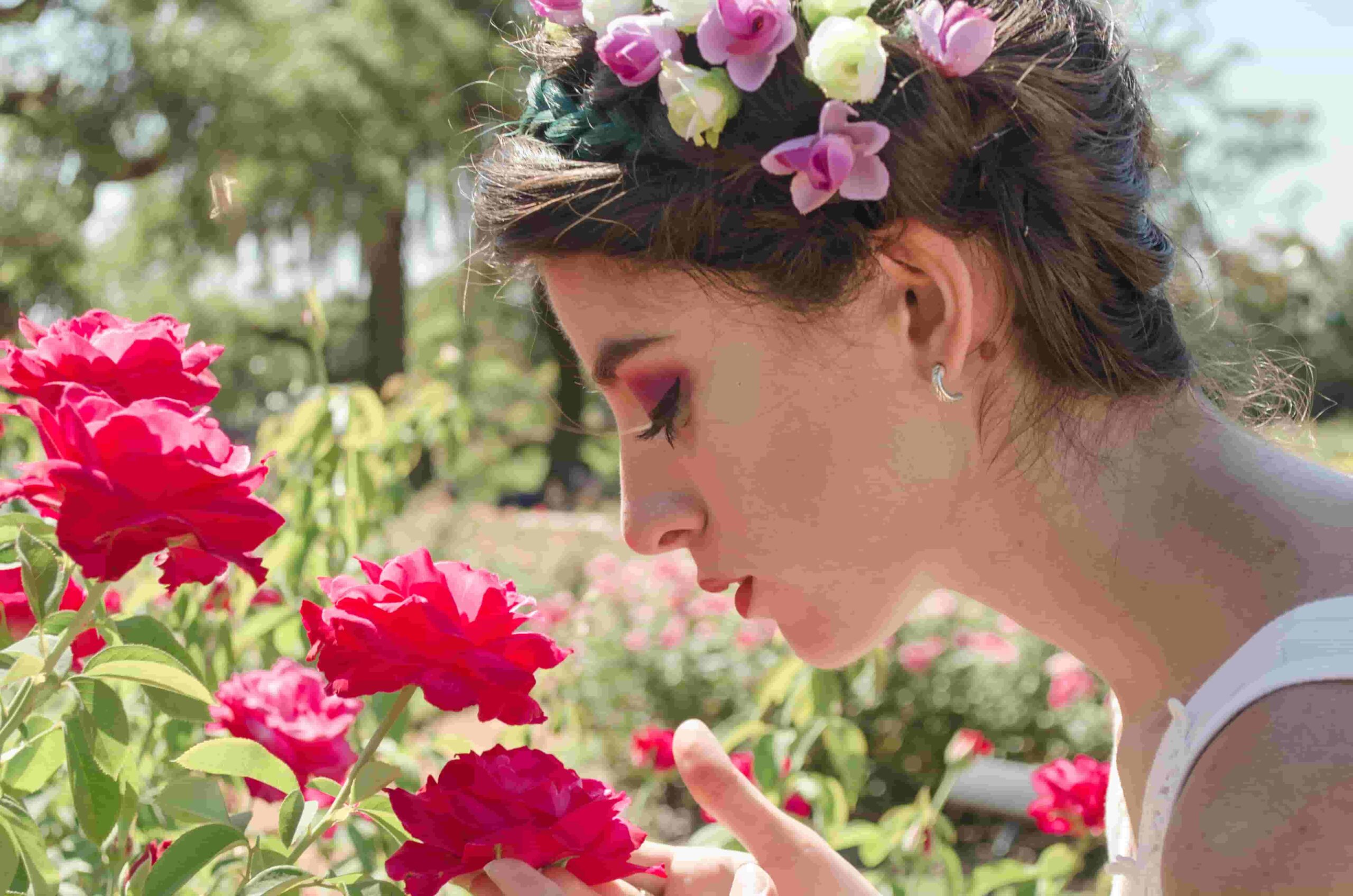
These flowers are steeped in symbolism, and the meaning behind each color can convey a range of emotions and messages. Red roses are symbolic of love and passion, while yellow convey feelings of friendship and joy. Pink roses are associated with admiration, and white signify purity and innocence. The language of roses allows us to express sentiments without uttering a word, making them popular choices for special occasions and heartfelt gestures.
Roses in Art and Literature
Throughout history, rose flowers have been a recurring motif in art and literature. Paintings, poems, and songs have celebrated the beauty and grace of these flowers. From ancient frescoes to classic novels and modern-day masterpieces, roses continue to inspire artists and writers, evoking emotions and serving as a powerful symbol of love, beauty, and romance.
Rose Care and Maintenance
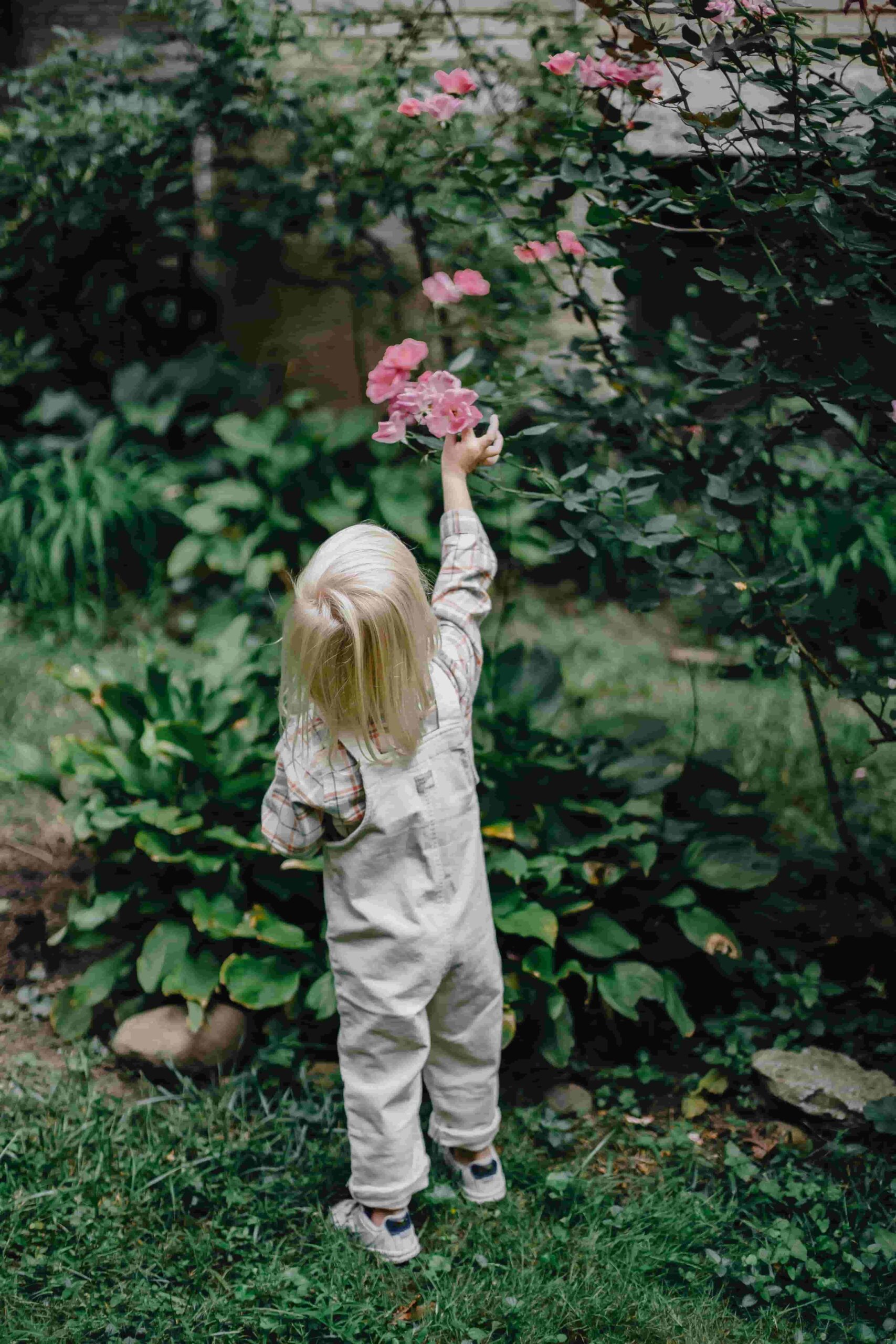
To keep rose plants thriving, proper care and maintenance are essential. Regular watering, fertilizing, and mulching promote healthy growth and abundant blooms. Pruning helps maintain the desired shape and removes dead or diseased branches. It is also important to monitor and control pests and diseases, such as aphids, black spot, and powdery mildew, to ensure the well-being of the plants.
Common Rose Diseases and Pests
While roses are generally hardy plants, they can be susceptible to various diseases and pests. Black spot, powdery mildew, rust, and aphids are some of the common issues gardeners may encounter. Recognizing the symptoms, implementing preventive measures, and using appropriate treatments can help keep these problems at bay and preserve the health of these flower plants.
Benefits of Growing Roses
Growing rose plants offers numerous benefits beyond their aesthetic appeal. They contribute to a sense of tranquility and relaxation in gardens, attracting pollinators and beneficial insects. They also have therapeutic properties and are used in aromatherapy and skincare products. Additionally, tending to a rose garden can be a rewarding hobby that fosters a connection with nature and enhances overall well-being.
Roses as Gifts and Decorations
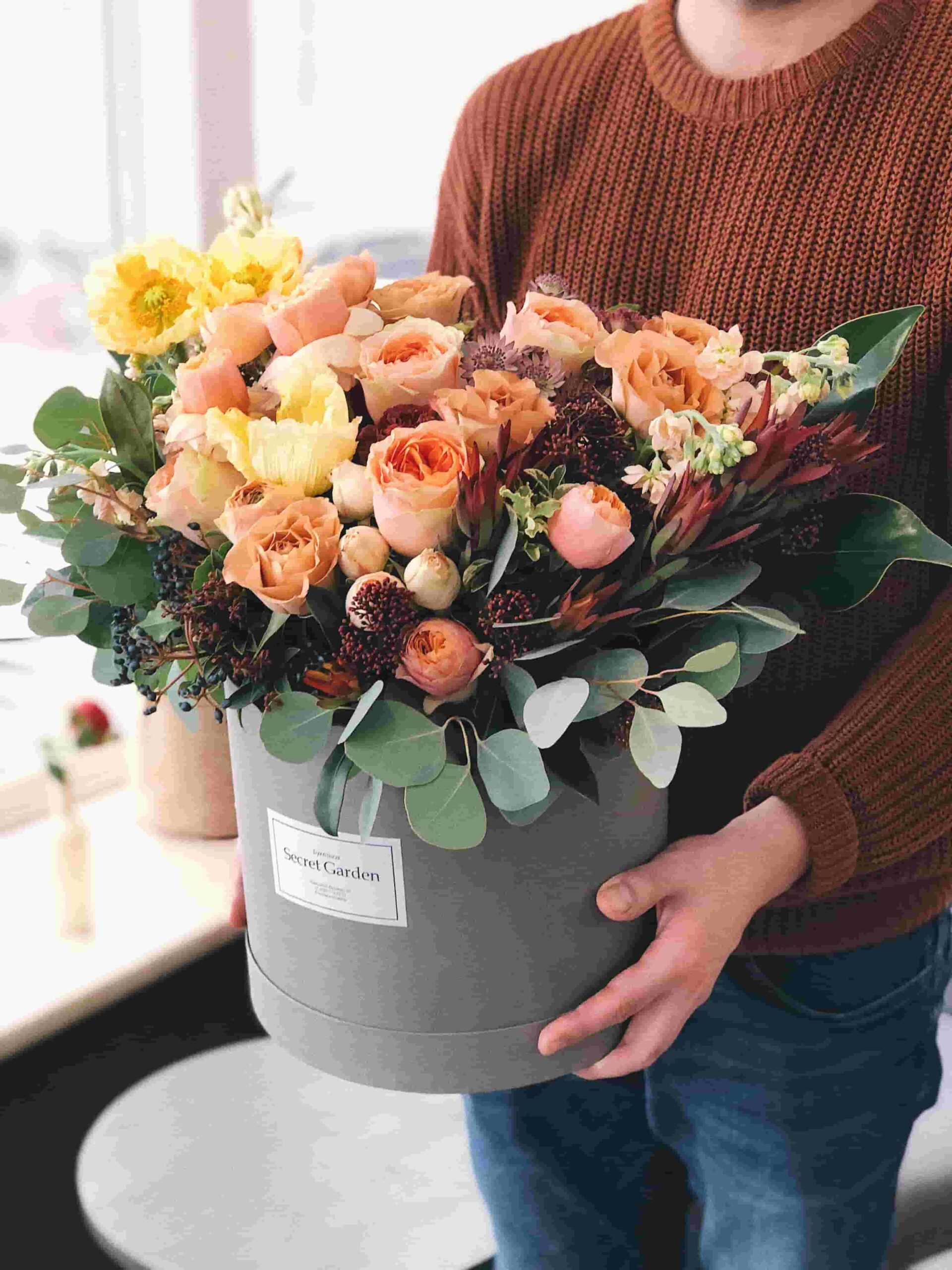
Rose flowers have long been cherished as gifts and decorations for special occasions. Bouquets of roses are a timeless expression of love, gratitude, and celebration. They add elegance and beauty to weddings, anniversaries, and other memorable events. They can also be dried or preserved to create long-lasting floral arrangements and decorative crafts.
The Language of Roses
The language of roses, also known as floriography, is a fascinating way to convey emotions through the choice of different rose colors and arrangements. By understanding the meaning associated with each rose, individuals can create personalized messages and express their feelings in a thoughtful and symbolic manner. Whether it’s a single rose or a lavish bouquet, their language adds depth and sentiment to any gesture.
Roses in Different Cultures
Rose flowers hold cultural significance in various parts of the world. From the red rose of love in Western cultures to the white rose of purity in Asian traditions, these flowers are deeply rooted in customs and rituals. They are featured in festivals, weddings, and religious ceremonies, representing unity, harmony, and spiritual devotion across different cultures.
Rose Essential Oil and Fragrance
Rose essential oil is highly prized for its enchanting fragrance and therapeutic properties. Obtained through a meticulous extraction process, rose essential oil is used in perfumes, cosmetics, and aromatherapy. Its calming and soothing effects on the mind and body make it a popular choice for relaxation and stress relief.
Rose-Based Products
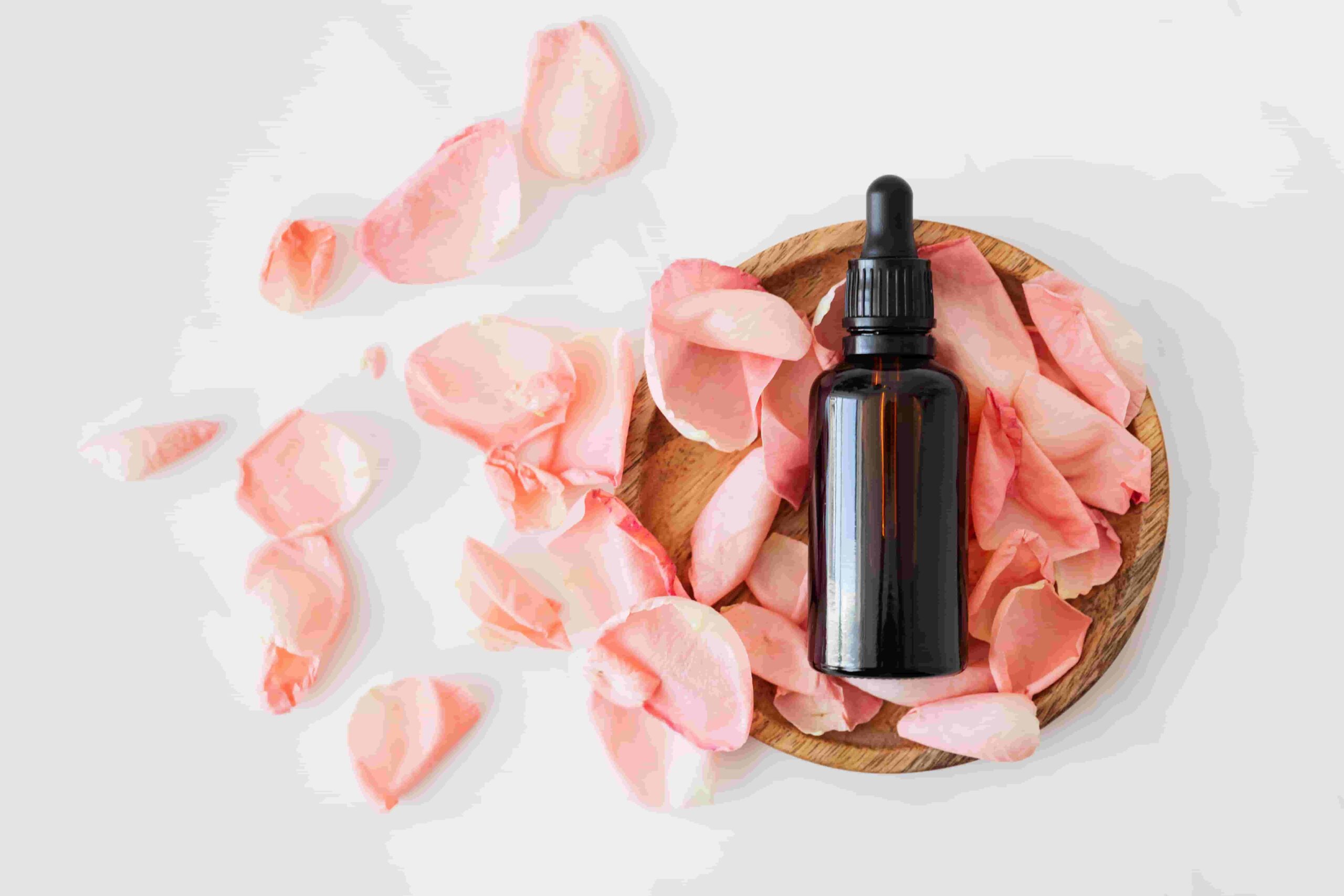
The allure of these flowers extends beyond their natural beauty. Rose-based products such as soaps, lotions, and candles offer the benefits of rose extracts and fragrances in daily life. These products provide a touch of luxury, promoting self-care and enhancing the ambiance of living spaces with their delicate scent and elegant packaging.
Rose Gardening Tips
For those aspiring to cultivate their own rose garden, here are some helpful tips:
- Choose disease-resistant rose varieties.
- Provide adequate sunlight and well-drained soil.
- Water consistently, avoiding overwatering or underwatering.
- Prune regularly to maintain shape and remove dead or damaged branches.
- Employ organic fertilizers and employ natural methods for pest control.
- Monitor for signs of diseases or pests and take appropriate action promptly.
Conclusion
Roses are more than just flowers; they are a symbol of beauty, love, and harmony. With their captivating colors, enchanting fragrance, and diverse varieties, roses continue to captivate hearts and inspire souls. Whether you’re tending to a rose garden, enjoying a bouquet, or indulging in rose-scented products, the allure of these flowers remains timeless. So, embrace the beauty of nature’s masterpiece and let roses fill your life with joy and elegance.
FAQs
1. How long do roses typically bloom?
Roses bloom for a period of about 3 to 4 weeks, depending on the variety and environmental conditions.
2. Can roses continue to bloom throughout the year?
Some rose varieties, known as “ever-blooming” or “repeat-blooming” roses, can produce blooms continuously throughout the growing season, provided they receive proper care and maintenance.
3. How often should roses be watered?
In general, roses necessitate consistent watering, particularly during periods of drought. It is recommended to water deeply once or twice a week, ensuring the soil is moist but not waterlogged.
4. What are some common pests that affect roses?
Common pests that can affect roses include aphids, thrips, spider mites, and Japanese beetles. Regular monitoring and implementing appropriate pest control measures can help keep these pests at bay.
5. Can roses be grown in containers?
Yes, roses can be grown in containers, making them suitable for those with limited space or who prefer container gardening. Just ensure that the containers provide adequate drainage and choose rose varieties that are suitable for container cultivation.
6. Are roses prone to diseases?
While roses can be susceptible to diseases such as black spot, powdery mildew, and rust, proper care, including regular pruning, maintaining good airflow, and practicing preventive measures, can help minimize the risk of diseases.

